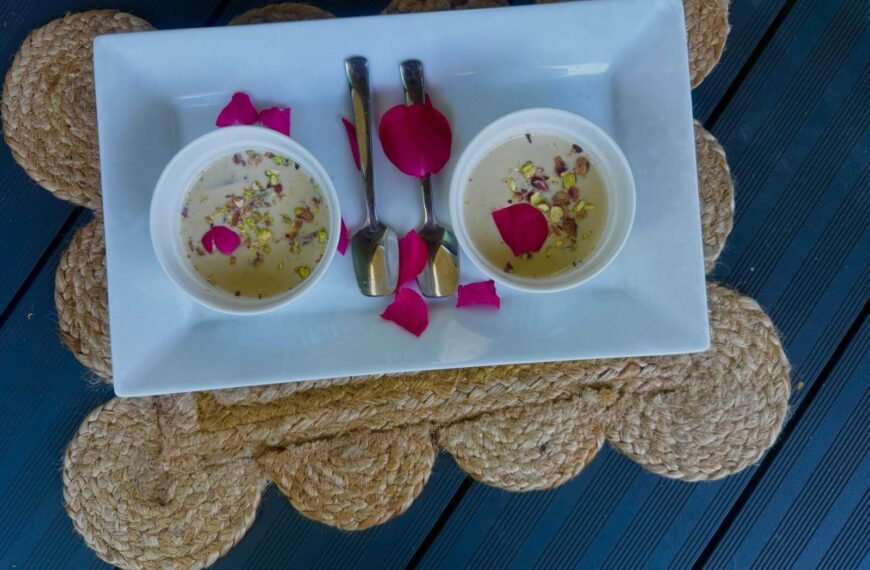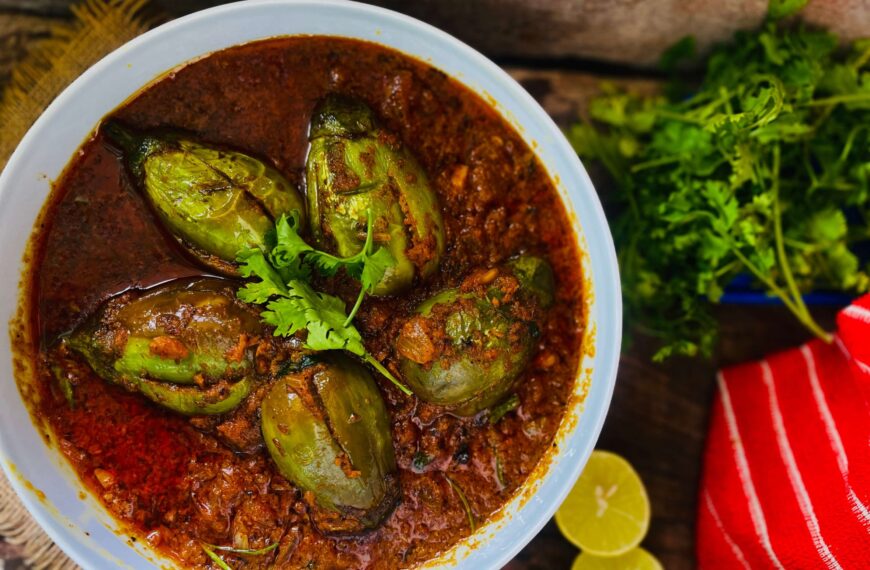Tsampa is one of the traditional food of Tibet. It’s made of roasted barley flour and often is consumed with Tibetan Butter Tea. In some parts of Tibet they completely rely on Tsampa, making varieties of it for breakfast, lunch and dinner! Tsampa plays an important role in Tibetan diet. Pinches of Tsampa is thrown in air during Tibetan Buddhist rituals, requesting the deity’s protection and also as an expression of joy and celebration. Often during Losar celebrations this is accompanied by Tibetan Buddhist chants to bring good luck in the coming year for everyone. During funerals, the action is intended to release soul of the deceased. Eswar tells us about the cult food, in the weekly column, exclusively for Different Truths.
The other day, I was talking to one of my friends and she was mentioning how my article ‘A Day with Tibetans’ reminded the fond memories of her visit to Bylakuppe Tibetan Settlement. One of the monks helped them during the visit, explaining the culture and facets of Tibetan life and making sure their stay was memorable. Months later, she received a parcel from the monk. She was delighted to find five kilograms of Tsampa, and her joy knew no bounds. The monk had remembered from a previous conversation her love for Tsampa!
This conversation took me back to the time when I first heard about ‘Tsampa’. The first time I heard about Tsampa was during one of the breakfast sessions at the Wellbeing Tibetan Medical Camps, jointly organised by ‘Friends of Tibet Foundation for the Wellbeing’ and ‘Men-Tsee- Khang,’ Tibetan Medical and Astrological Institute of His Holiness the Dalai Lama.
I would see the chief doctor carrying his wooden bowl along with some packets. I later understood the packets contained Tsampa, ghee, dry fruits. It was a visual treat to see how he mixed Tsampa along with the other ingredients, pour a bit of tea and make it in a dough format ready for consumption. He also had a secret ingredient to take care of sweet tooth – Mysore Pak1 . More than once, he asked me to taste it and I did! It was really good!

I did not know the importance of Tsampa then. But I became interested. I started hearing about it a lot, many of the campaigners associated with the cause, I understood, had a liking for it and religiously substituted dinner with Tsampa Soup.
Once during my trip to Bangalore, I fell ill. The doctor, who by then became a good friend and well-wisher, was kind enough to suggest that he would prepare Tsampa Soup for me. I was interested to see how he prepares, and he had expert hands making the soup, adding herbs and Himalayan salt2 and when it was boiling hot, he asked me to inhale deep and feel the smell of the Tsampa soup. I did take a couple of a deep breath and felt a bit better. He forced me to drink at least two bowls of the soup so that I feel better and to have a good sleep. I still remember the aroma and the taste linger even now.
Tsampa is one of the traditional food of Tibet. It’s made of roasted barley flour and often is consumed with Tibetan Butter Tea3 . During one of my interviews with a person who returned from Tibet in the late 90’s, I came to know that in some parts of Tibet they completely rely on Tsampa, making varieties of it for breakfast, lunch and dinner! Tsampa plays an important role in Tibetan diet.
Pinches of Tsampa is thrown in the air during Tibetan Buddhist rituals, requesting the deity’s protection and also as an expression of joy and celebration. Often during Losar4 celebrations, this is accompanied by Tibetan Buddhist chants to bring good luck in the coming year for everyone. During funerals, the action is intended to release the soul of the deceased5.
Tsampa combined with other traditional household food items is often used as a traditional remedy for common infections and diseases.
The importance of Tsampa introduced the Tsampa Keyboard Font6!

Tibet Mirror, a newspaper which started circulation, in 1925, from Kalimpong, India, addressed a letter to ‘all Tsampa eaters 7 ’ asking them to participate in what would become the 1959 Tibetan Rebellion.
1 Mysore Pak: a rich sweet dish prepared in Ghee, from Southern India, usually served as dessert.
2 Himalayan crystal salt is far superior to traditional iodized salt. Himalayan salt is millions of years old and pure, untouched by many of the toxins and pollutants that pervade other forms of ocean salt. (http://www.globalhealingcenter.com/natural-health/himalayan- crystal-salt- benefits/)
3 Traditional Tea which is made of milk and butter from Dri – the female yak and salt is used in the preparation
4 Tibetan New Year
5 https://en.wikipedia.org/wiki/Tsampa
6 http://tsampa.org/tibetan/software/tsamkey/
7 Shakya, Tsering (1999). The Dragon in the Land of Snows: A History of Modern Tibet since 1947. Columbia University Press. p. 210.





 By
By

 By
By
Another wonderful post. I am wondering if I will still be able to eat barley. Recently I have been having some digestive problems and it seems I can t digest wheat properly anymore. I ll be going back to Qinghai at the end of next month and I m wondering what I will be able to eat. Well, if I can t eat tsampa, at least I can enjoy the interesting sculptures. Thanks for sharing.